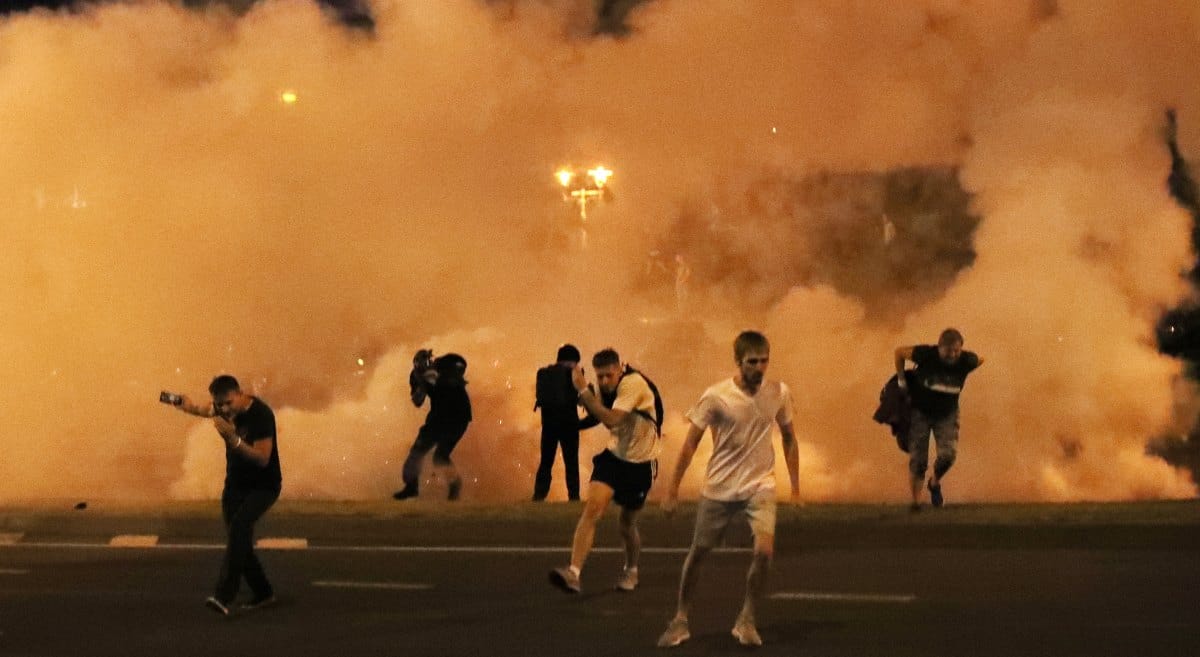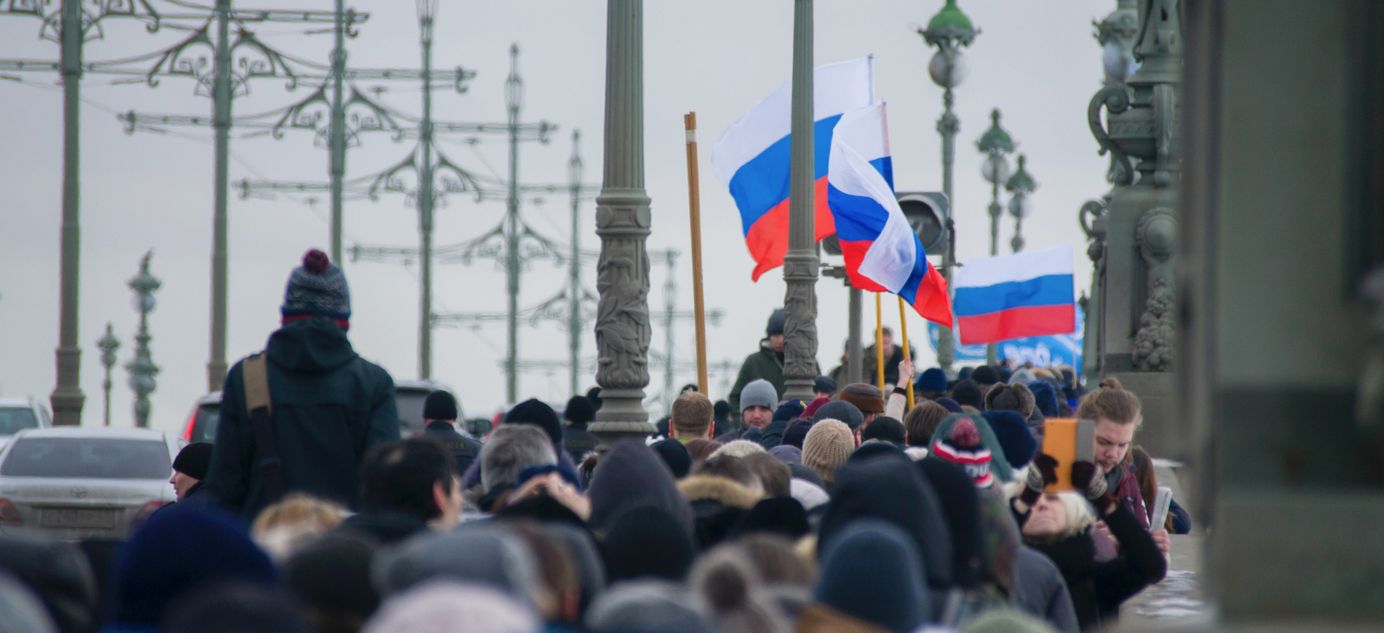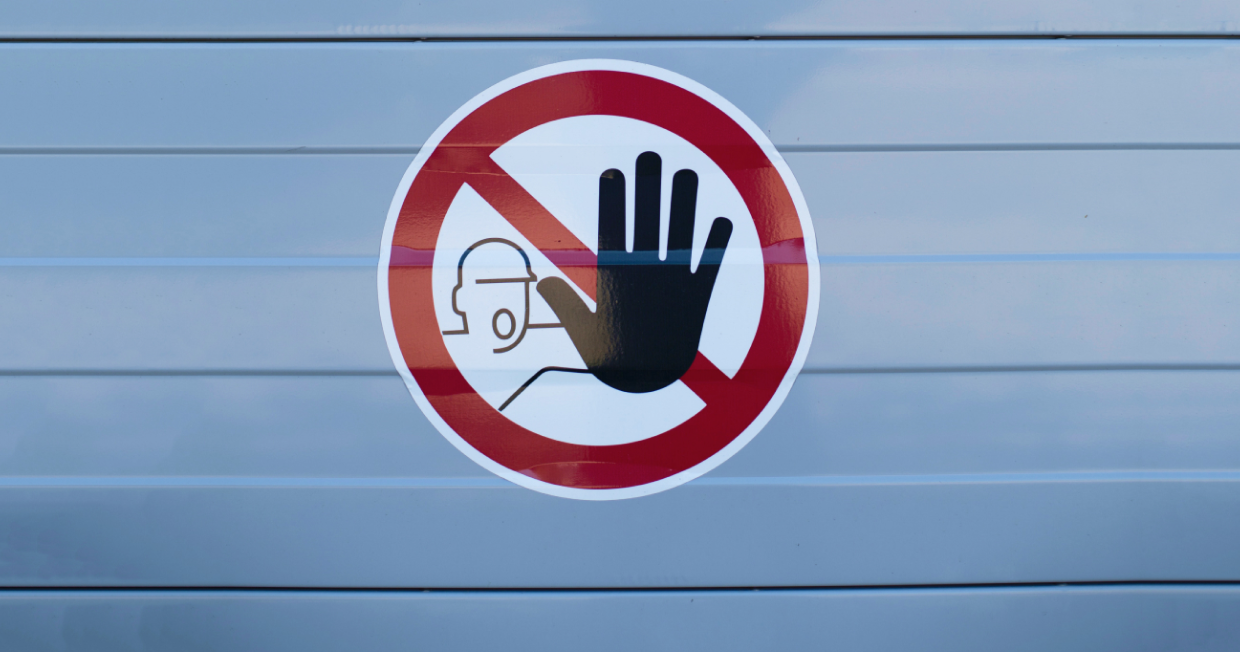
Belarus on the brink
Hello! This week our top story is the wave of demonstrations over fraudulent elections in Belarus that appear to be getting bigger with each passing day. We also look in detail at Nexta Live, the Telegram Channel at the heart of the Belarusian protests, and at the announcement that Russia has discovered a COVID-19 vaccine.
Protests escalate in Belarus amid police violence

The news in Russia this week has been completely dominated by events in neighboring Belarus. Following a rigged election, protesters took to the streets to demonstrate against the 26-year rule of President Alexander Lukashenko. They faced a brutal police crackdown, but continue to defy the authorities. For Russian officials, this is a very alarming precedent.
Elections and protests
Last week we wrote about the dramatic build-up to Sunday’s Belarusian elections. The first official exit polls that evening gave Lukashenko about 80 percent of the vote, with Svetlana Tikhanovskaya, his only meaningful challenger, on 10 percent. Tikhanovskaya’s supporters believe the true picture is a mirror image, with 80 percent backing Tikhanovskaya. It’s hard to know the real results, but statisticians have suggested Tikhanovskaya got at least 50 percent.
- Lukashenko has no illusions about his level of support and has been preparing to use force for weeks. As thousands rallied in support of Tikhanovskaya, Lukashenko was visiting military regiments and riot police units. Two weeks before the election, he warned mass protests would be quashed by the army and the Belarusian interior minister told officers that they would face “significant psychological and physical challenges” after polling day.
- The protests began the night of the election and have continued every evening since. Just as Lukashenko promised, the demonstrators were met by police officers who deployed stun grenades, tear gas, water cannon and rubber bullets. There were rolling internet blackouts as riot police hunted down groups of protestors amid the high rise apartment blocks of Belarusian cities. In just three days, about 6,000 people were detained in the capital Minsk alone — many were treated brutally and there are multiple reports of treatment amounting to torture, for example here, here, and here.
- The most violent clashes occurred on the first two nights after the election and by Wednesday it seemed the opposition’s spirit had been broken. But it became clear that actually the reverse was true — using force has merely increased support for protests. Workers at BelAZ and MAZ, the country’s biggest car manufacturing plants, joined the demonstrators Thursday, and they were backed by other professions, including doctors and musicians. We are now seeing protests in towns and cities across the country.
- The threat of a nationwide strike has forced the authorities to take a step back. The internet began working again Thursday and there were no security forces on the streets of Minsk as protestors marched in their thousands without fear of arrest. In the evening, the interior minister gave an interview to state TV to apologise for the indiscriminate use of force. The speaker of the upper chamber of the Belarusian parliament announced Lukashenko had “heard the opinion of the labour collective” and given instructions to release detainees. Thousands of people detained during the Minsk protests were freed early Friday morning.
- Tikhanovskaya, who is currently in Lithuania, released a video Friday calling on city mayors to organise and coordinate protests over the weekend. A few hours later, Lukashenko warned protestors that they were being used as “cannon fodder” by foreign forces who, he said, are organizing the demonstrations.
What makes Belarus different?
It’s traditional to compare mass demonstrations in the former Soviet Union to Ukraine’s Maidan protests of 2013-14, the uprising that led to Russia’s annexation of Crimea and a war in Eastern Ukraine. But the current Belarusian protests have several key differences.
- An apolitical revolution. In 2013 Ukraine, there was a politically competitive system and a strong parliamentary opposition. Opposition politicians played a key role in organising the Maidan protests and eventually came to power in Kyiv. There is no equivalent in Belarus: this is much purer authoritarianism with no public opposition or freedom of assembly. Lukashenko has either killed or jailed his potential rivals. Tikhanovskaya only became a presidential candidate after her husband, Sergei, a prominent opposition blogger, was imprisoned. If she wins, she says she will not run the country, but simply organise free elections.
- A revolution without organisers. No Belarusian leader has issued a manifesto for the protestors. We still don’t know the names of those most active on the streets. People are organising themselves at a ‘hyper-local’ level, coordinating using messaging apps.
- A Telegram revolution. If we can point to any one ‘official’ organiser, it might well be online messaging app Telegram. The biggest Belarusian channel on Telegram, Nexta Live, has 1.9 million subscribers (for more on Nexta Live see below). Those behind such channels have set the time and place of rallies, and advised on tactics (like sharing entrance codes for apartment blocks to hide from the police). The few independent media outlets in Belarus have been totally overshadowed by Telegram.
What is Moscow thinking?
It appears that Russian President Vladimir Putin doesn’t have much time for Lukashenko at the moment. Their friendship was badly strained in the build-up to the election when Lukashenko played the ‘Russian interference’ card to mobilize his electorate (the arrest of 32 alleged Russian mercenaries). Russian state media have been actively covering the Minsk protests without much apparent bias, which means they have been instructed to do so by the Kremlin.
It is hard to imagine Moscow playing an active role in overthrowing Lukashenko. Putin’s fear of ‘color revolutions’ in the former Soviet Union is much greater than his distaste for the Belarusian president. Before the vote, experts suggested Russia’s preferred outcome was for Lukashenko to be weakened, but remain in power. Even if we do see a change of leader, Moscow will retain its influence over Belarus – the country’s economy is entirely dependent on Russia.
Similarly, it’s unlikely Russia will act in Belarus as it did in Ukraine six years ago. It’s true Putin dreams of restoring Russia’s former imperial territories, but it’s hard to imagine an intervention in Belarus would reap the same domestic political rewards as the annexation of Crimea, and the current economic crisis makes it unwise to risk new Western sanctions.
Why the world should care
With each passing day, Lukashenko’s future is looking more uncertain — if he is eventually toppled, it will likely mean a prolonged power vacuum and major political change. A Russian intervention is, at present, a remote prospect, but a successful uprising would cause serious soul-searching in the Kremlin about whether such a scenario is possible in Russia.
Nexta Live: the Telegram channel leading a revolution
Belarussian Telegram channel Nexta Live is fast becoming a media sensation. Amid the on-going protests in Belarus, it has amassed an audience of nearly 2 million people. Nexta Live aggregates information provided by participants in the protests: during some of the most dramatic demonstrations, its small editorial team was getting up to 250 messages from eye-witnesses every hour. These messages describe the scene on the streets, and provide photos and videos taken using smartphones. It’s a minute-by-minute account of a revolution.
- At the start of this month, Nexta Live had barely 300,000 subscribers. Today, it has 1.9 million and is adding hundreds of thousands more a day. The only Telegram channel that can match it is the Indian government’s channel providing information on COVID-19. Nexta Live moved into the top 10 Telegram channels worldwide Thursday, and, if 70 percent of its subscribers live in Belarus, that means the channel is reaching 15 percent of the population of the entire country.
- The channel is more than just an aggregator, playing an active role in the protests. From day one, Nexta Live shared information to help protestors: where to hide from riot police, where to get clean water, and the movements of the security forces. During the most violent clashes, the channel provided information about where to get help. Alongside Nexta Live, there are hundreds of local online chat groups that have sprung up to provide mutual support and coordination, district by district. These chats share anything from templates for leaflets urging strike action to advice on how to link up with fellow protestors or protect yourself from gunfire. “If we don’t do this, nobody else will,” Roman Protasevich, a colleague of the channel’s founder Stepan Putilo, told The Bell.
- Nexta Live is operated by a young team. It grew out of a YouTube blog of the same name set-up in 2015 by Stepan Putilo, then a 17-year-old high school student. “I decided I wanted to gather together all the trash that was happening in Lukashenko’s Belarus,” he explained in an interview. Nexta – which means ‘someone or other’ in Belarusian – is one of several aliases used by Putilo, who is also known as Stepan Svetlov. At the outset, the YouTube channel produced a weekly news round-up, which quickly gathered tens of thousands of subscribers.
- Popularity has brought its problems. Putilo is currently studying in Poland, at the University of Silesia in Katowice where, in his own words (Rus), he feels safe. In February 2018, Putilo went to visit his family in Minsk and the police turned up (Rus) with a search warrant, apparently because the Ministry of Internal Affairs received an anonymous denunciation accusing Putilo of insulting Lukashenko in a video on Nexta. The case never made it to court, but Putilo decided not to go back to Belarus.
- Who finances Nexta? Protasevich insists Nexta has “never received a grant, nor an offer from any third-party organisation or country”. He adds that it “does not and will not” have any external funding. Nobody has managed to prove otherwise, according to Belarusian journalist Pavlyuk Bykovsky. Putilo himself claims that all the expenses are covered by advertising revenues (until recently there were occasional adverts on Nexta Live). Other than that, he receives a scholarship for his university studies.
Why the world should care
Nexta Live has become widely popular among both protestors and those trying to understand what is happening on the ground in Belarus. In part, this is thanks to internet blackouts that mean Telegram was one of the few services on which people could rely; in part it was Nexta Live’s alluring mixture of advice, photos, videos and calls to action. It is a model that is likely to be replicated in other protests against authoritarian regimes around the world.
Russia’s rushed COVID-19 vaccine prompts skepticism
Putin announced this week that Russia had registered the world’s first vaccine against COVID-19, claiming one of his daughters had already taken the drug. However, Western pharmaceutical companies were quick to warn that the Russian vaccine was created in a hurry and has yet to undergo sufficiently stringent clinical trials.
- Putin’s announcement about the registration of a Russian COVID-19 vaccine is the biggest news from Russia in Western media since Moscow’s intransigence led to the collapse of a deal with oil cartel OPEC, sending oil markets crashing. The news might even reverse current price trends for gold and on the U.S. stock market.
- The Russian vaccine is due to be available for the general public from January 1, 2021. Seeking to dispel doubts about the safety of the drug, Putin said one of his daughters had already taken it and reported no adverse effects. He did not specify which of his daughters (the elder, Maria Vorontsova, is seen as the unofficial curator of Russia’s genetics program, while the younger, Katerina Tikhonova, leads the newly-created Institute of Artificial Intelligence at Moscow State University).
- Putin’s words confirmed a Bloomberg report last month that claimed members of the Russian elite began experimenting with vaccines in April. The Bell knows of at least one individual who took part in these trials. For him, the vaccine was administered in two stages; after the first he suffered a high temperature. He told The Bell that both laboratory analysis and over-the-counter tests now show evidence of antibodies.
- The main concern is that the vaccine has been registered without completing the third phase of clinical trials, prompting serious criticism from both pharmaceutical companies and the U.S. government. The U.K.’s ‘Oxford vaccine’ began these trials at the beginning of July and at the end of the month a U.S. version from Moderna also entered phase 3 testing. By the end of July, when the Russian vaccine began the registration process, it had been tested (Rus) on just two groups, each of 38 volunteers.
- Reports about how the vaccine’s development give further reasons to question its reliability and safety. The Bell reported on this in detail in June. Two competing institutes worked on finding a vaccine: the Vektor Institute, subordinate to health watchdog Rospotrebnadzor and the Gamaleya Center, part of the Ministry of Health. The latter moved ahead in the spring despite center director Alexander Ginzburg attracting criticism for approving tests on staff before the start of clinical trials.
- Meduza published an interview with Denis Logunov, the developer of the vaccine, who said the urgency justifies cutting some corners in the registration and testing process.
Why the world should care
Those behind the Russian vaccine are playing for high stakes. In their hurry to allow Putin to announce that Russia has won the vaccine race, they’ve shown far greater recklessness than their Western counterparts. The consequences could be serious.



